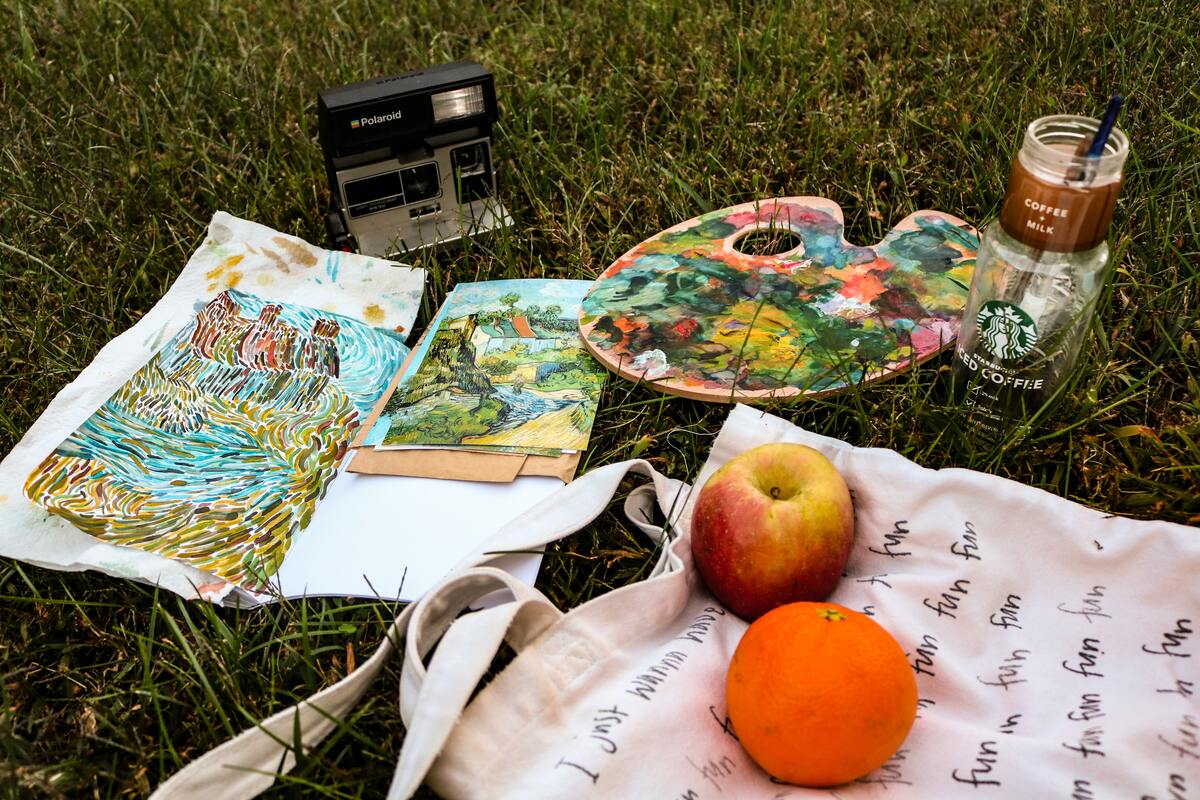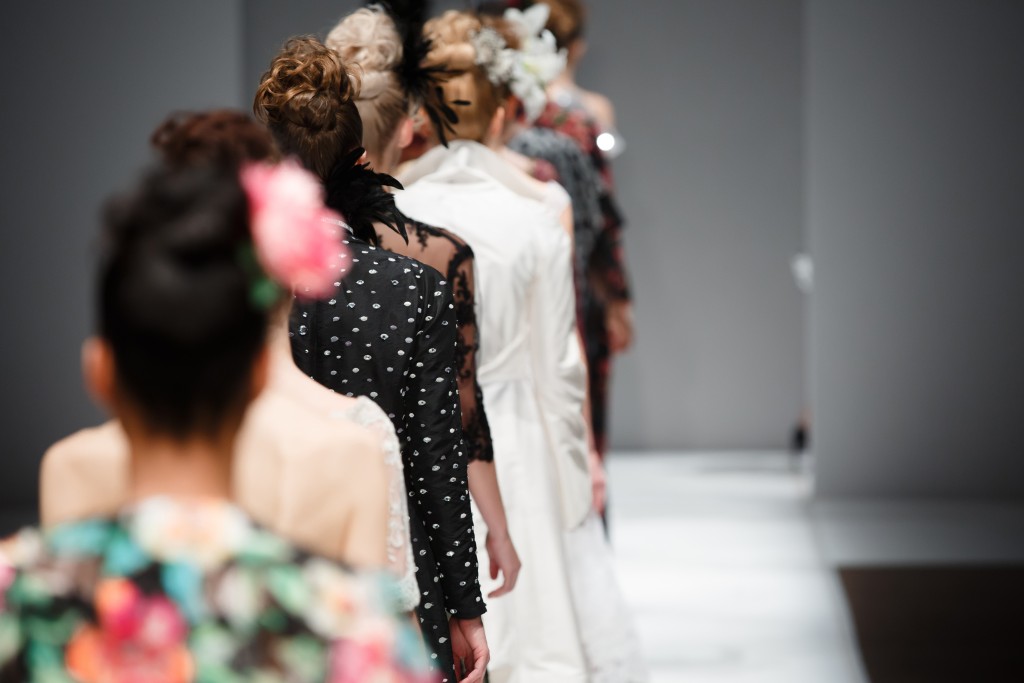Images of wildflowers in a meadow. Charming stone walls. A cozy fireplace. Knitted socks. A warm cup of tea.
You may have been seeing it a lot these past few years. From Taylor Swift’s recent album covers to those calm ASMR cheese-making videos, cottagecore is here to stay.
But what is it exactly? How did this trend come about? And if one were to adopt this aesthetic, where would one start?
Grab a cup of tea, wrap yourself in a chunky knit blanket, and let’s talk cottagecore.
Where? How? Why?
The term was first coined in 2018 on Tumblr to describe this idealized, romanticized countryside aesthetic. It has evolved since then, becoming a subculture that celebrates not just bucolic charms but also environmentalism and even different gender identities.
Reminiscent of “hygge,” or the Danish concept of a cozy and convivial mood, cottagecore is one of those movements that has perhaps arisen as a response to its times. It’s the antithesis of urbanism, technology, and a fast-paced existence. They say that at the core of cottagecore is the influence of 19th century Romanticism, which itself was a response to the Industrial Revolution happening during that time.
The rise of cottagecore has also come at a most appropriate time, wherein we’ve all been technically forced by the pandemic to live like hermits. Cottagecore, as they say, is the aesthetic of a world that has slowed down, stayed at home, and learned crafts, and brewed their own ginger beer.
Cottagecore 101
It’s important to note, though, that for many, cottagecore isn’t just an aesthetic. It’s a lifestyle that reflects philosophies, social issues, and even political beliefs. They don’t just look cottagecore; they lead a cottagecore life. That could mean actually living in the countryside, embracing homeopathic remedies, or going all-natural and homemade.
That kind of lifestyle might not be feasible for everyone, but if you’re a city dweller, it doesn’t mean that there’s no way for you to embrace cottagecore in some way.

The Look
A good starting point would be to embrace the look. It’s a tangible and relatively accessible first step towards cottagecore.
Searching through the hashtag on Instagram, you’ll immediately find a lot of inspiration—pictures of meadows, windowsills, home-baked bread, and, of course, sweaters.
Turning your wardrobe into cottagecore is ultimately a personal decision. You don’t want to make your clothes feel like a costume. That would go against the natural attitude of the subculture.
Rather than trying to copy looks, perhaps a good approach would be to embrace the fashion philosophy of the movement, which is all about self-sufficiency, comfort, and the joys of making your own clothes. So whether you opt for lacy, prairie-style dresses, or chunky knit sweaters and socks, the key thing is to approach it with the right cottagecore mindset.
Even if you live in a busy suburb, you could try adopting the cottagecore look for your digs, too. Try keeping things natural. Open your windows for some natural lighting. Considering installing barnwood hardwood floors for that rustic look. When it comes to furniture, think secondhand or vintage. And when it comes to food, don’t just make your own; you could grow your own, too!
The Mindset
The reason why cottagecore has probably helped people survive the pandemic is that it promotes a lifestyle that fits naturally into the socially distanced reality we are all currently facing. After all, cooped up alone in your apartment for days on end kind of feels like living in an isolated cottage in the middle of the forest. Instead of feeling sorry for ourselves, cottagecore allows us to find joy in this situation, to appreciate the gifts that this otherwise torturous experience brings.
Cottagecore is not without its critics. While it celebrates an idyllic and rural past, it is accused of romanticizing a feudal, less progressive form of society, overlooking the poverty and actual struggles of rural life. These criticisms are valid and make us reflect on why we choose to become part of this subculture. That’s why, when it comes to adopting a cottagecore lifestyle, it’s important to understand context to be able to live it more authentically.
Take the good things that you can from this movement—a return to a slower, more mindful life, shunning consumerism in favor of upcycling and homemaking, and keeping things natural—but don’t allow yourself to be misguided in your adoption of it. You might be seeing things from glasses that are so rose-tinted, you’re probably not seeing the entire picture.

